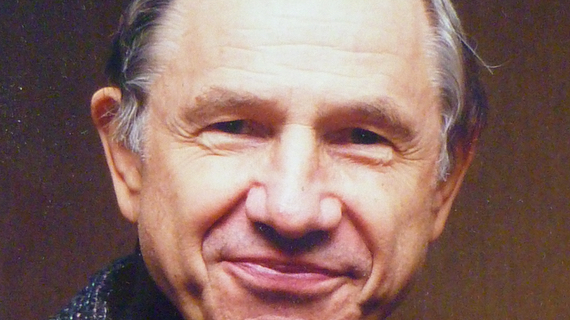Fernando Goldberg
Debating paradigms of the apical limit in instrumentation and obturation

- Graduated from the Faculty of Dentistry of the University of Buenos Aires, 1962
- PhD obtained in the Faculty of Dentistry of the University of Buenos Aires, 1975
- Professor Emeritus of Endodontics of the School of Dentistry of the Universidad del Salvador -Asociación Odontológica Argentina
- Lifetime Member of the American Association of Endodontists
- Appointed Teacher of the Faculty of Medicine of the Universidad del Salvador, year 2005
- Appointed Teacher of the Argentine Dentistry. Argentine Odontological Association, year 2009
- Author of the book ” Materiales y Técnicas de Obturación Endodóntica “. Editorial Mundi 1982
- Author of the book ” Endodoncia Técnica y Fundamentos”. Medical Editorial Panamericana, Buenos Aires, Argentina, 2002 and 2nd. 2012 edition
- Collaborator of Chapters in books of Dentistry of diverse authors
- Speaker of courses and conferences at national and international level
- Author of 132 scientific papers published in Dental Journals National and international
Nationality: Argentina
Scientific areas: Endodontics
8 of november, from 14h30 until 19h00
Auditório B
Conference summary
The location of the apical limit is a very discussed aspect in the procedure of instrumentation and obturation of the root canals, in the teeth with pulpal necrosis and periradicular complication. Different aspects have been taken into account for this purpose.
Some authors refer to this point as the duct-dentin-cement boundary, others prefer to place it in the apical foramen, while others consider the need to use a passage file to clean the foramen and a seal with slightly extravasated sealant. The proposal of this presentation will be to discuss this subject based on the exhibition of clinical cases with their corresponding radiographic remote control.
Over-filling and its incidence in the prognosis
Different publications show controversies regarding the apical limit of the obturation. Several of them consider the extravasation of sealant or cone as one of the causes of the failure of endodontic therapy. During the exhibition of clinical cases of endodontic treatments with accidental over-sealing of different sealants and with gutta-percha cones it will be evaluated, with the postoperative remote controls, their behavior related to the success/failure.
Endodontics and Implant: periradicular bone health
The importance of the presence of a healthy periodontal tissue for the maintenance of perriradicular bone is well known.
Although in implantology the loss of a certain amount of bone in the course of time is acceptable, on the contrary, with endodontic treatment the objective is to maintain or even recover the periradicular bone. In the course of the presentation, both clinical situations will be discussed with the endorsement of prolonged postoperative remote controls.